CEO Kimberly Churches on Making Over Her To-Do Lists and Learning to Say No
November 02, 2018 | Filed in: Woman of the Week
Kimberly Churches, the CEO of the American Association of University Women (AAUW), began her career as a high school teacher. She then worked in development for several universities before landing at the Brookings Institution, one of Washington’s most renowned think tanks. Last year, she took over at the AAUW, an organization committed to empowering women through education and economic security (founded in 1881!). Here, she explains why the “Golden Rule” is overrated, to-do lists should be short, and admitting you’re wrong is a strength.
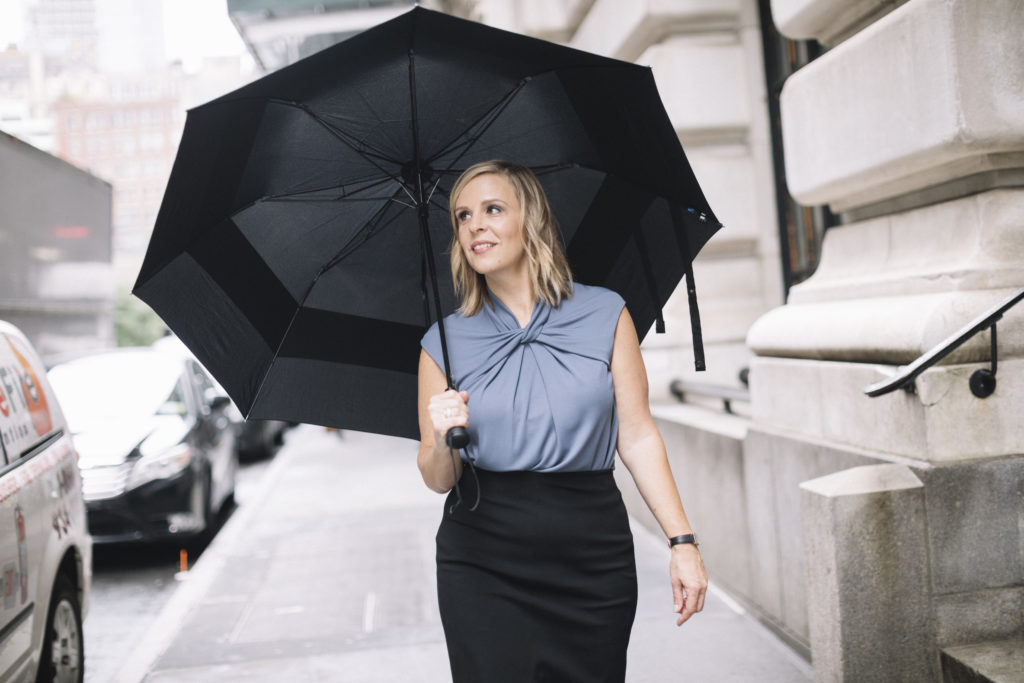
Kimberly wears the Walters top and Greenpoint skirt.
MY MOTHER GOT PREGNANT WITH ME WHEN SHE WAS VERY YOUNG and had to drop out of school. She never graduated from college and then got divorced from my father. In those early years, she was constantly petrified of running out of money to take care of my sister and me. She had to figure out how to get a job without a college degree that would support the three of us. Eventually, she climbed her way up the ladder in sales and became a respected businesswoman. To watch that was really stunning, and motivates the work that I do today at AAUW. My mother impressed the hell out of me for how she picked herself up, at a time when a lot of women couldn’t and didn’t.
GROWING UP, I DEFINITELY DID NOT SEE MYSELF in a role like the one I’m in today. I thought my calling was to be a teacher, and I did teach for a little while in my 20s. It was a brief yet extremely formative part of my early career, but eventually I left because I felt that I could do more for education by working in nonprofits with a wider impact. Still, that period of transition was really difficult for me, and I felt tremendous guilt about it. But a lot of the skills that I learned from teaching still serve me today.
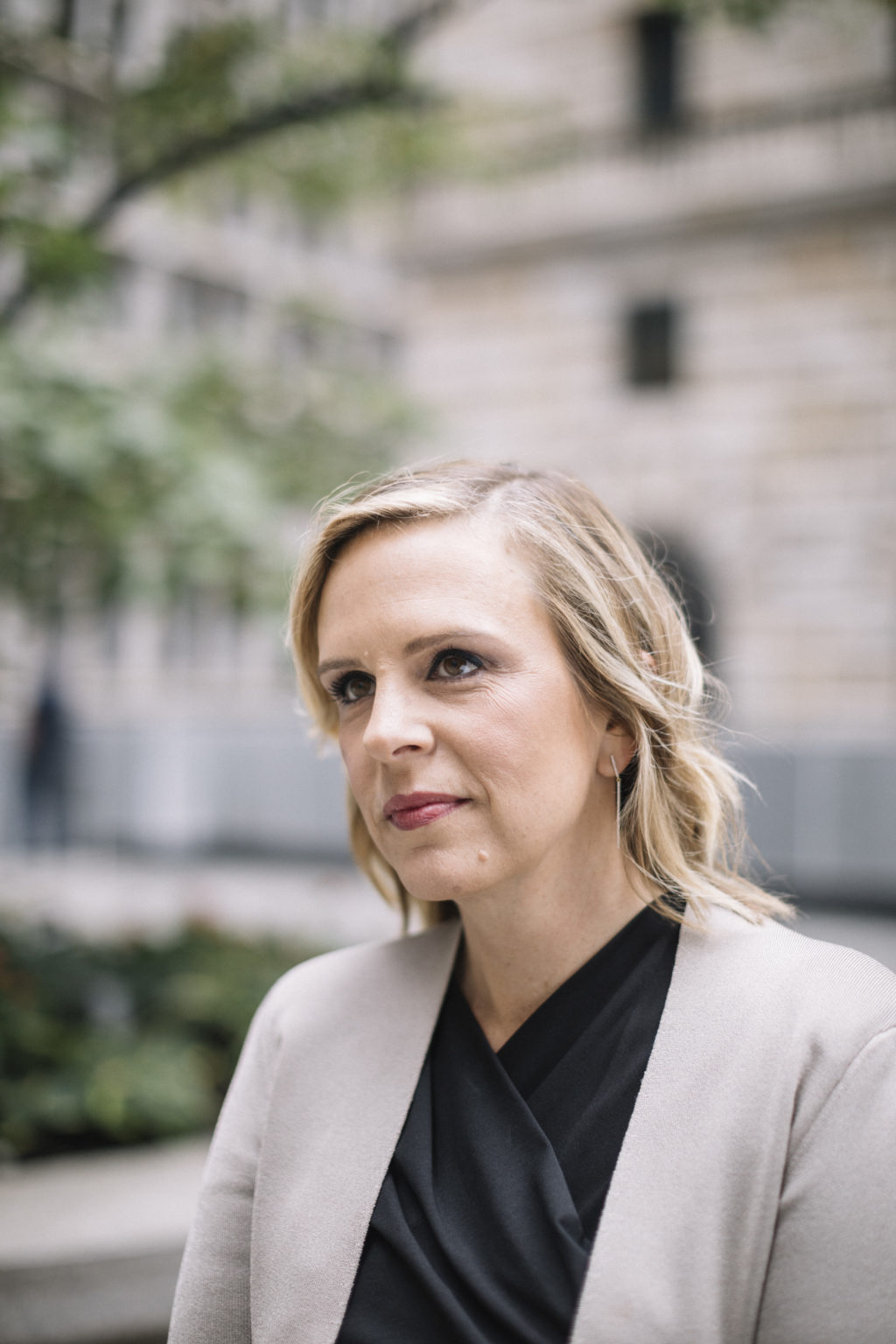
Kimberly wears the Octavia top, Woolf jardigan, and Soho skirt.
WHEN YOU’RE TEACHING HIGH SCHOOL, you realize that leadership is not just about you. I had 30 teenage students in front of me who might have been hungry, or hadn’t gotten enough sleep, or were feeling bad about not finishing their homework. That’s 30 different humans, all with different bio-rhythms, needs, anxieties, interests, and strengths. And as a teacher, you have to rabble-rouse and get everybody on the same page, while still meeting individuals where they are. You know the Golden Rule, “Treat people the way you wish to be treated”? I don’t subscribe to that. In education, I learned that it’s better to treat people the way they wish to be treated. There’s not a one-size-fits-all approach to leading people, and realizing that helped me a great deal as I went on to manage and lead teams over the years.
ONE SEMESTER, I WAS TEACHING TO KILL A MOCKINGBIRD, but some of the students were so far behind in reading that I had to break them into teams. The strong readers were over on one side of the classroom, while other students had trouble just getting through sentences. To get everyone, regardless of their reading level, to grasp the key concepts—an understanding of empathy and context and the different themes of one of the great American novels—meant that I had to individualize their projects. And I do the same thing in my current leadership role every single day. I know I have to treat Tom differently from how I treat Ted, and Ted differently from Andrea. So when I’m setting up a meeting to discuss a project, an initiative, or a problem, I really try to think about what makes Tom or Ted or Andrea tick so that we can all be as productive as possible. If you’re trying to get people to join a big initiative or problem-solve in a new way, you’re already taking them out of their comfort zone. Having a better sociological understanding of who they are and what that comfort zone is helps me present those new ideas to them in a way that they can hear.
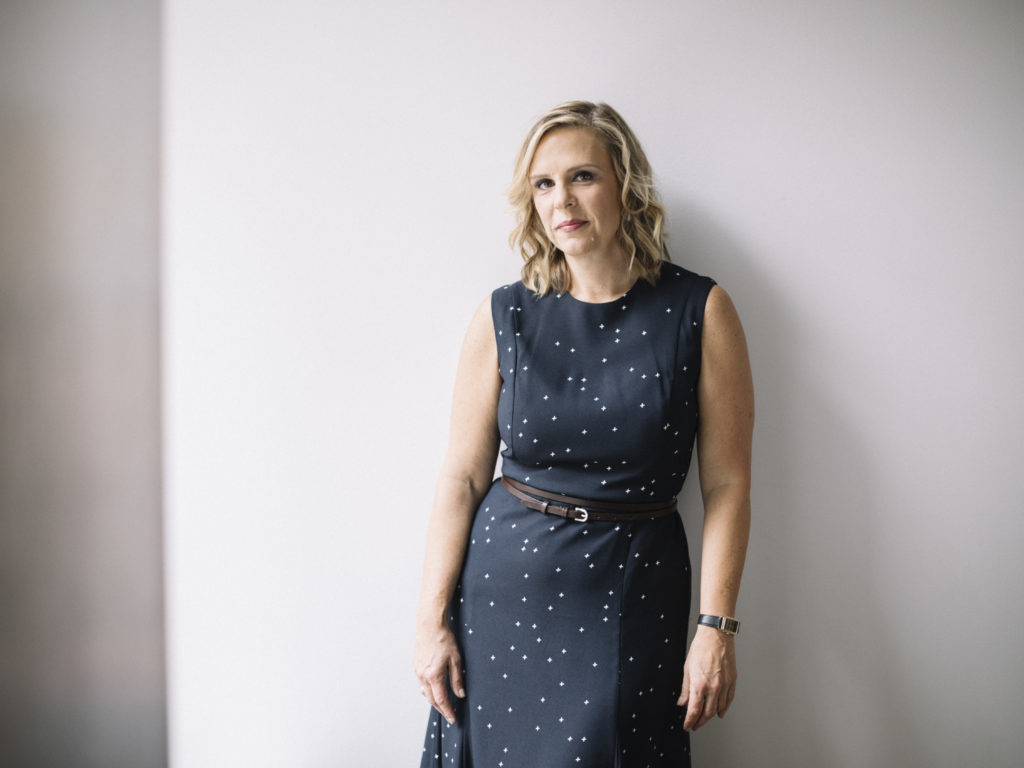
Kimberly wears the Jane dress and the Thin Double Wrap belt.
IN ACADEMIA AND AT THE BROOKINGS INSTITUTE, I was humbled to work side-by-side with some of the greatest minds in their particular disciplines, both nationally and internationally recognized. Managing people who know more about their specialty than you ever will is tough, and I’ll be honest—it was daunting. I got through it by focusing on where I could be an asset to them. I’m not an economist or a governance expert or a business professor, but I did have the skills to understand their broader goals and come up with what were essentially business plans to help them get where they wanted to be. My strength was being able to see the big picture as well as the details—I could look around corners and see 10,000 feet in the sky as well as down in the blades of grass.
AS A LEADER, I’M FOCUSED ON FINDING SOLUTIONS, which sounds more obvious than it is sometimes. Research for research’s sake doesn’t improve humankind. But research that leads to solutions is incredibly powerful, both in academia and in policy think tanks. Being able to build bridges between nonprofits and scholars and experts is all about leveraging those solutions, because ultimately, monetary resources and human capital are not limitless. You want to have a good understanding of the problem that you’re trying to address before you start studying something.
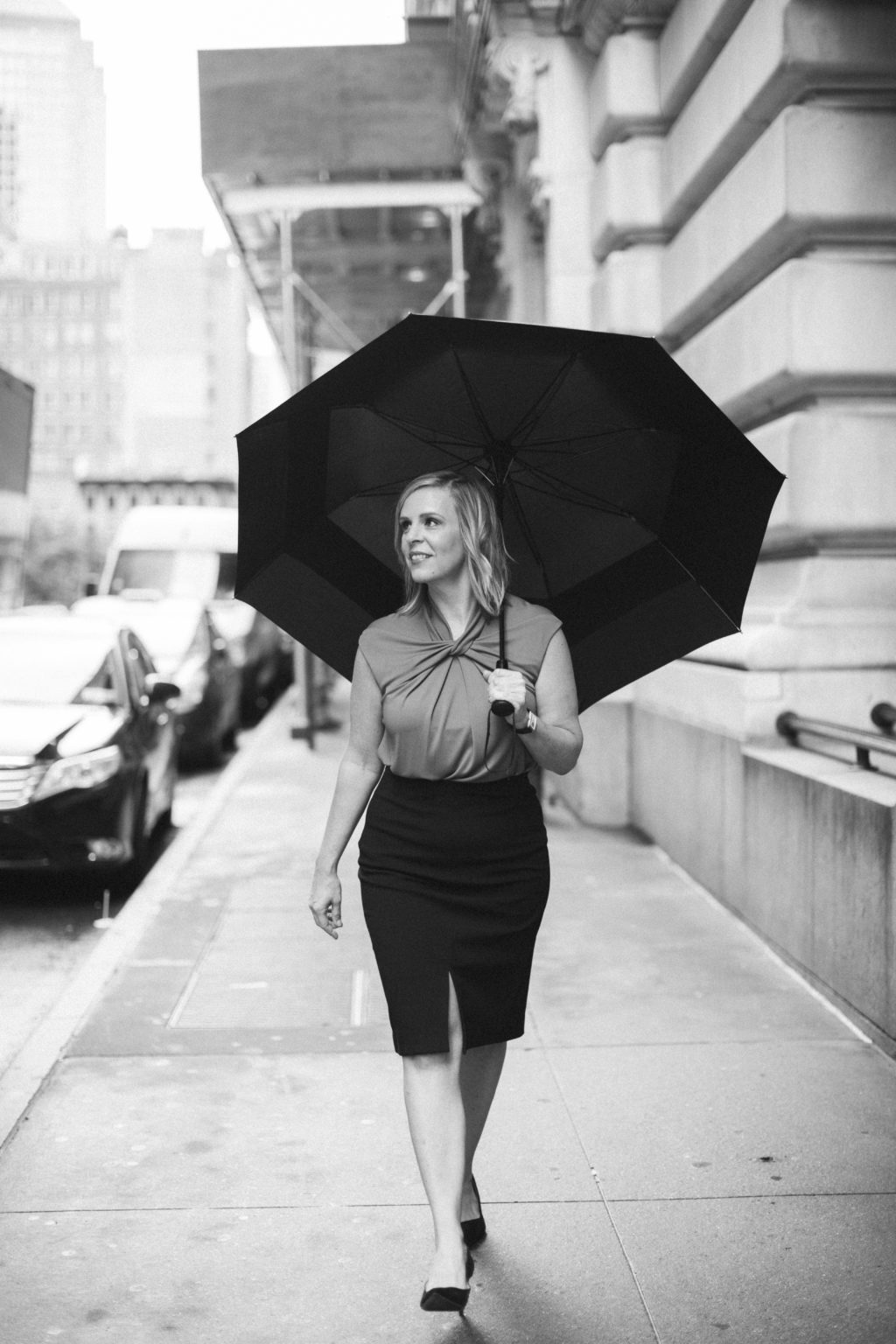
Kimberly wears the Walters top and Greenpoint skirt.
THREE WORDS I USE EVERY DAY are focus, relevance, and impact. They form my mantra. We cannot be all things to all people, and when I’m too far down in the weeds, I think, Where’s our focus? Is this going to affect our mission? Where are the outcomes that will lead to meaningful impact? Is this relevant right now, or am I doing it because we’ve always done it this way? There are some issues where we as an organization should be secondary or tertiary—just a supporting cast member—and others where we can be the lead. We’ve identified three key women’s issues where we can lead—education and training, economic security, and leadership—and every day I try to do something in each of those areas that will result in quantitative and qualitative progress for women and girls.
LEARNING TO SAY NO has been an incredibly difficult professional lesson for me over the years. I’m one of those people who performs better when I’m juggling a lot of balls. But in order to be focused on a very high level, you have to say, “˚No,” or, “Not right now.” My filter is to ask myself if it fits into the organization’s three top priorities. But of course, it’s never really that simple. For example, I was recently invited by a group that works with the State Department to speak about STEM education for women and girls. But we’re currently working on a big push for economic security measures, so my time is better spent on that right now instead. It’s tough!
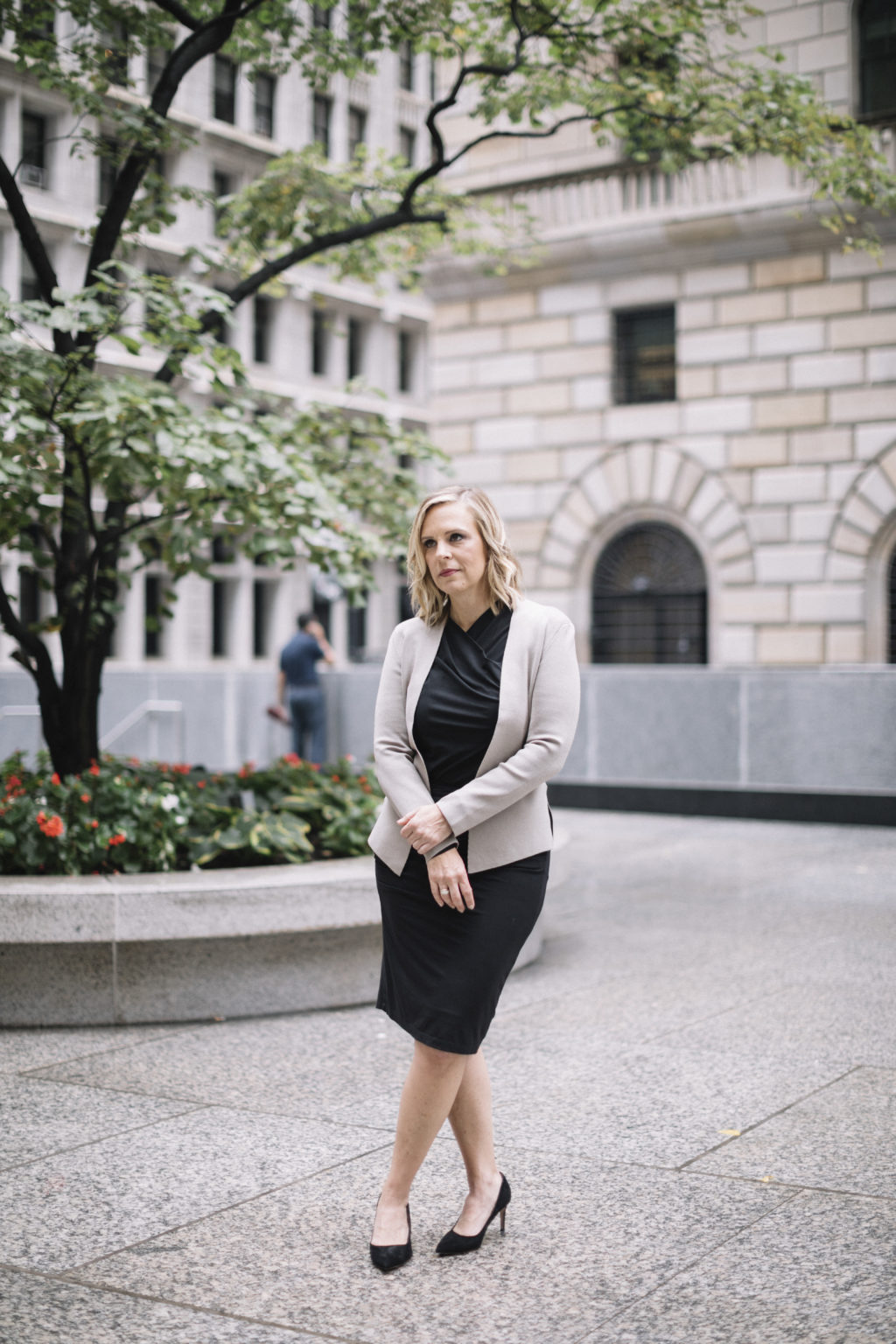
Kimberly wears the Octavia top, Woolf jardigan, and Soho skirt.
I’VE ALWAYS THOUGHT THE WORK / LIFE BALANCE THING was kind of a joke. I’m much more of a “blend” person. I might leave early and pick up my daughter to go play catch, and then get back online after she goes to bed at night. I also love to cook. The only environment I can control at all in my life is my stovetop. I’ll find a new Northern Thai or Vietnamese recipe, or Israeli street food that I want to try to make, and then just stand in the kitchen for a couple of hours trying to figure it out.
I LOVE TO GO TO BED EARLY. I know that makes me sound incredibly ancient, but boy, there’s nothing better than pajamas, a cup of tea, and a good novel or nonfiction article I’ve been dying to read. It really clears my mind and gets me refocused.
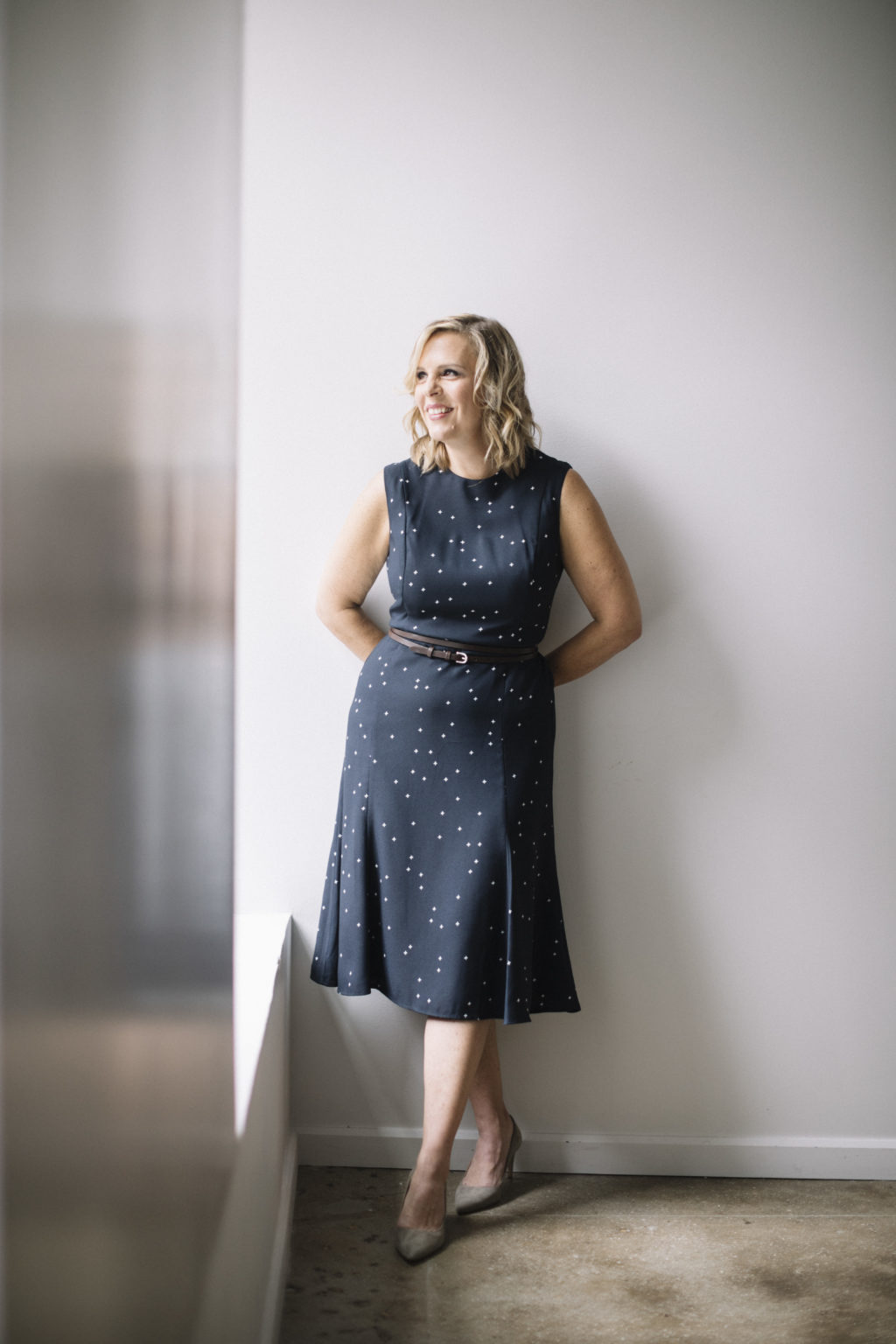
Kimberly wears the Jane dress and the Thin Double Wrap belt.
I’VE DEFINITELY EXPERIENCED BURNOUT. Right after I was married, we adopted our daughter from China. The marriage was a little rocky, and then I got a promotion, and I was trying to be 110% in every single thing—as a wife, a new mother, an employee, a leader. And I still wanted to host book clubs and dinner parties with four courses, on top of that. Something had to give. What happened was that my daughter got rotavirus, and then I got very sick too. I had to take some time off to get well, and it made me realize that the way I was working was not sustainable, nor was it really that productive. That prompted me to re-examine what my to-do list looked like. I always carry Moleskine notebooks with all of my lists, and in those days, my to-do lists were astronomically long with a quarter of the items checked off. Then I’d turn the page and re-do it for the next day. It could be 28-40 items deep. So I decided that my to-do list could only have three big things on it, at most, per day. Boiling my priorities down to two or three items that were going to make me successful helped me get much more focused.
ONE OF MY BIGGEST STRENGTHS is that I’m never afraid of being wrong. I knew I wanted to hire my managing director as soon as I met her because she has zero fear of telling me when my ideas are bananas, or that we can’t do this for these three reasons, or that I should think about doing something another way. I’ve worked for many people who like to surround themselves with people who agree with them, and I could see how that didn’t lead to great change or impact. Having folks around me who poke holes in my ideas and come up with alternate solutions has helped me and helped our team. And it leads to a better return on investment. It means people feel more valued, too, because they have a voice. Whether you’re for-profit or nonprofit, stagnation is what kills any business.
Photographs by Rich Gilligan, with styling by Samantha Michel.





